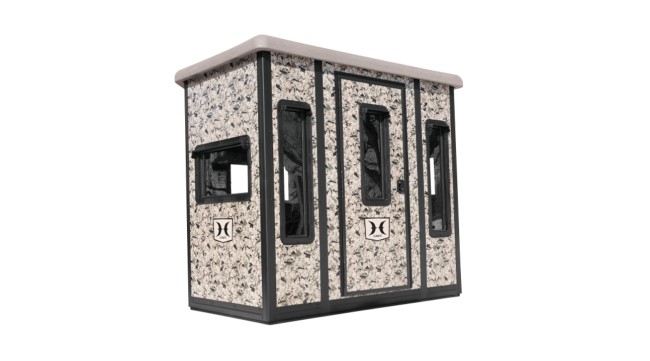Bow Hunting
Archery August! Here’s Your Pre-Season Bowhunting Bible
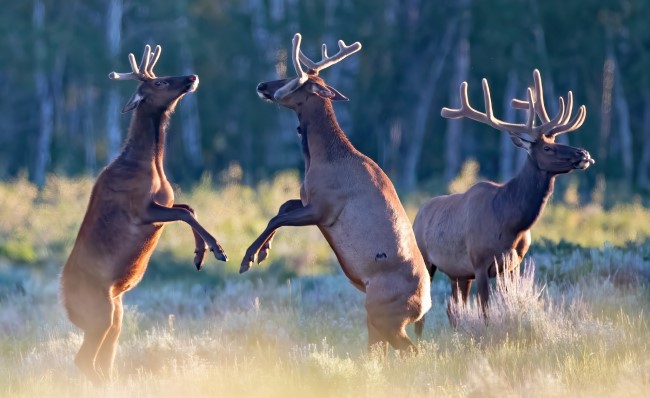
Image courtesy Utah DWR
The most common hunting injury, bar none, is falls from tree stands.
Before placing a portable tree stand in a tree, be sure to check the stand’s weight rating. Make sure it will support both your weight and the weight of your equipment. Hunters sometimes forget to factor in the weight of their equipment. If the combined weight of your body and the equipment is greater than the weight the stand can support, it could easily collapse, sending you and your gear to the ground below.
Another risk is falling while you’re climbing the tree or falling from your stand, once you reach it. Before you start climbing, attach a safety harness (also called a fall arrest system) to yourself and the tree. Keep it attached until you’re on the ground again.
Another risk is trying to carry your equipment with you, as you climb the tree. Hunters should not attempt that. Instead, attach a haul line to your equipment, leaving plenty of slack in the line.
Then, attach your safety harness to the tree and start climbing, holding the haul line in one hand or tied to your belt. After you’re on your stand, use your haul line to lift your equipment to you.
Hunters should remember that it is illegal to build a tree stand on land managed by the U.S. Forest Service or the Bureau of Land Management. Only portable stands can be used in those areas.
Don’t leave your arrows uncovered
Broadhead arrows are extremely sharp, so it is a risk to carry one in your hand or nock one in your bow before you’re ready to shoot. Hunters should not remove arrows from their quiver until it’s time to shoot. It only takes a few seconds to remove an arrow from a quiver, nock the arrow and shoot it … the few seconds you’ll save by carrying arrows in your hand or nocked on your bow aren’t worth it.
Know your target
Never take a shot at a deer or an elk that is beyond the maximum range you’re comfortable shooting. Also, before you release your arrow, make sure of your target and what’s beyond it.
Arrows, especially carbon arrows, can hit with great force at distances as far as 100 yards from the point of release. You must know what is behind your target and make sure to never shoot where a road is in the background.
Check your equipment
Make sure the laminations on your bow are not flaking or separating, and make sure the strings on your bow are not fraying. If you have a compound bow, make sure the pulleys and cables are in good shape. Also, make sure your arrow’s spline (the stiffness of the arrow’s shaft) matches your bow’s draw weight. If your bow’s draw weight produces more force than your arrow can handle, your arrow could fly off target or even shatter or break as you release it.
When you sharpen your broadheads, take your time, and be careful. Your broadheads need to be razor sharp before you go out into the field. But make sure you don’t cut yourself while sharpening them.
Practice shooting as much as possible
Use the same broadheads you’ll use during the hunt so you become familiar with them. The DWR has two public shooting ranges that are great places to practice before the hunt.
Get permission
You must obtain written permission from private landowners before hunting on their property or using their property to access public land. If you can’t obtain written permission, find another access point to your hunting unit.
Do some advance scouting and become familiar with the area you will be hunting. Make sure you know the boundaries of nearby limited-entry units and other restricted lands in the area. If you’re hunting near private property or along the hunting unit boundary, do not cross into those areas to retrieve an animal without getting the proper permission from the landowner or help from a conservation officer.
Be careful in popular outdoor areas and follow all laws. Make sure you’re well beyond the minimum distances you must maintain from roads and dwellings. Many local municipalities have restrictions on the discharging of firearms or use of archery equipment within city limits. Please know and understand those restrictions.
Know what to do once you take a shot
Watch the animal and determine the direction it took. Then, go to the spot where you last saw the animal and find your arrow. If there’s blood on it, and if you have a compass, take a bearing on the direction the animal went. Then, wait 30 minutes before tracking it. If you track the animal too soon, you can spook it into running. If you wait at least 30 minutes before tracking it, most of the deer and elk you shoot will be found dead within a reasonable distance of your starting point, saving you a lot of time and hiking.
When you track an animal, look for blood not only on the ground, but also on the brush. If you begin to lose the animal’s trail, tie a piece of biodegradable marking tape near the last blood spot. Then, search for the animal’s trail by walking a circular pattern out from the tape. The tape will serve as a marker that will let you know where you started. Also, tying tape at the locations of the last three or four blood spots you see and then standing away from the tape and looking at the trail can help you visualize the direction the animal went.
Once you’ve found the animal you shot, check to see if its eyes are open. If they’re not, the animal probably isn’t dead. If its eyes are open, touch one of the eyes with a long stick. If the animal is still alive, touching one of the eyes with a long stick will keep you out of harm’s way and alert you to the fact that it’s still alive. Once the animal is dead, field dress and cool the meat immediately. Temperatures are usually warm during the fall archery hunt, which can cause the meat to spoil quickly.
-

 Hunting1 month ago
Hunting1 month agoDrain the Swamp: Corruption Scandal at Washington State’s Fish & Wildlife
-

 Adventure2 weeks ago
Adventure2 weeks agoDoes the “Big Beautiful Bill” Have a Public-Lands Wart?
-
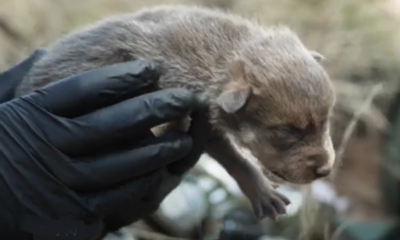
 Adventure4 weeks ago
Adventure4 weeks agoHowling in Cuckoo: How Mexican Wolves are Fostered
-
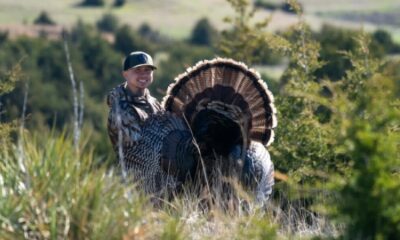
 Hunting2 months ago
Hunting2 months agoHow to Outwit the Merriam’s Turkey
-
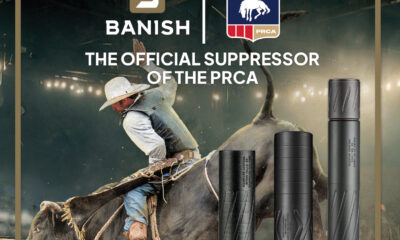
 Adventure2 months ago
Adventure2 months agoGoing Rodeo! BANISH Named the Professional Rodeo Cowboys’ Official Suppressor
-

 Adventure1 week ago
Adventure1 week agoU.S. Bighorn Sheep Going Home to Canada
-

 Gear2 days ago
Gear2 days agoLet Freedom RING! Primary Arms’ Independence Day Category Sale Starts NOW
-
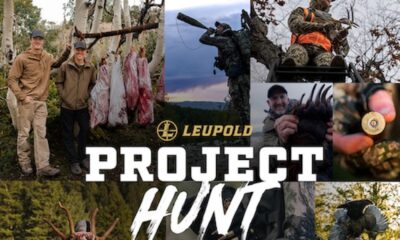
 Adventure3 weeks ago
Adventure3 weeks agoYour Dream Hunt Could Be a Movie & Leupold Can Help




